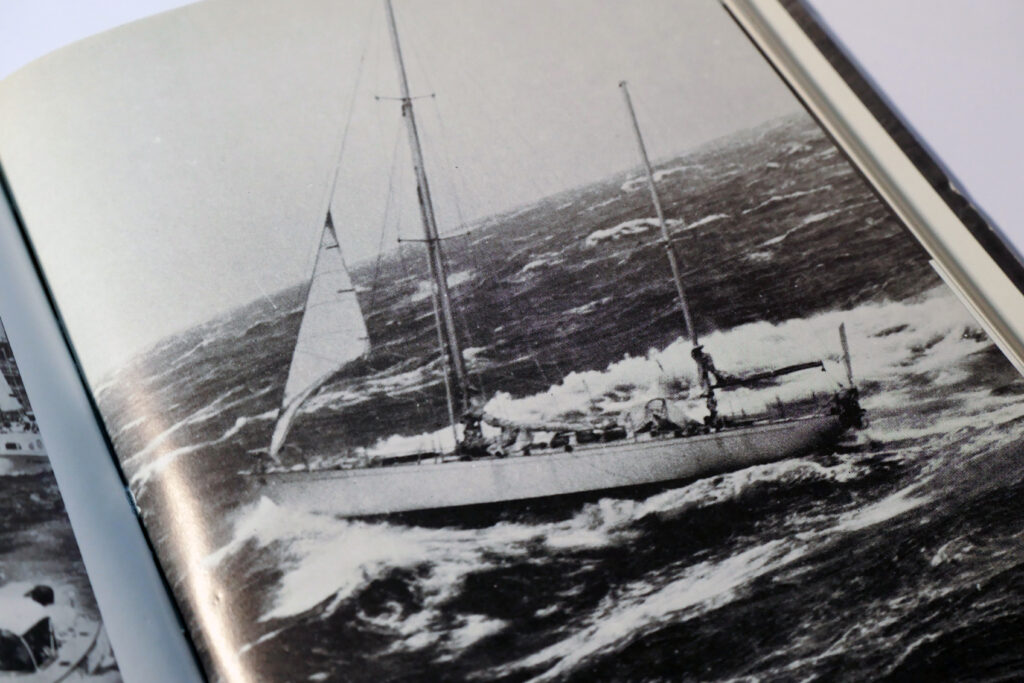CHALLENGE WAS TO BEAT THE GREAT CLIPPERS TIMES – AROUND THE WORLD TO THE EAST INDIES.
The great tea clippers took an average of 123 days to make their passage to the East Indies. Chichester set himself the target of making the passage in 100 days and to beat the Cutty Sark solo.

Gipsy Moth IV left Plymouth on 27 August 1966 with 64-year-old Sir Francis at the helm. The voyage was not uneventful, and Chichester later recalled three moments where he noted that the trip nearly ended. The first was when part of the frame holding the wind vane self-steering failed, when still 2,300 miles (3,700 km) from Sydney. Not wanting to put in at Freemantle, Western Australia, Chichester spent three days balancing sails and experimenting with shock-cord lines on the tiller, once again getting the boat to hold a course to enable her to cover 160 miles (260 km) a day.
An exhausted Chichester entered Sydney harbour for a stopover 107 days later.

He enlisted the help of America’s Cup designer Warwick Hood, who added a piece to the boat’s keel to provide Gipsy Moth IV with better directional stability to stop her broaching, but the modification did little to improve her stability.
One day out on the return trip via Cape Horn, the boat was rolled in a 140-degree capsize. Chichester calculated the angle by measuring the mark on the cabin roof made by a wine bottle. He commented in his diary and in a later interview with Time magazine that he knew she would self-right as she was designed to, but was concerned by the incident as this was a light storm and he still had to pass Cape Horn, where the third and most significant event of the voyage would occur:

“The waves were tremendous. They varied each time, but all were like great sloping walls towering behind you. The kind I liked least was like a great bank of gray-green earth 50′ (15 m) high and very steep. Image yourself at the bottom of one. My cockpit was filled five times and once it took more than 15 minutes to drain. My wind-reading machine stopped recording at 60 knots. My self-steering could not cope with the buffeting….I had a feeling of helplessness.”
Just as he thought all hope was lost and he was alone, on exiting the cockpit one day he was followed by the British Antartic Survey ship, HMS Protector (A146) and later the same day a Royal Air Force plane broke through the clouds.